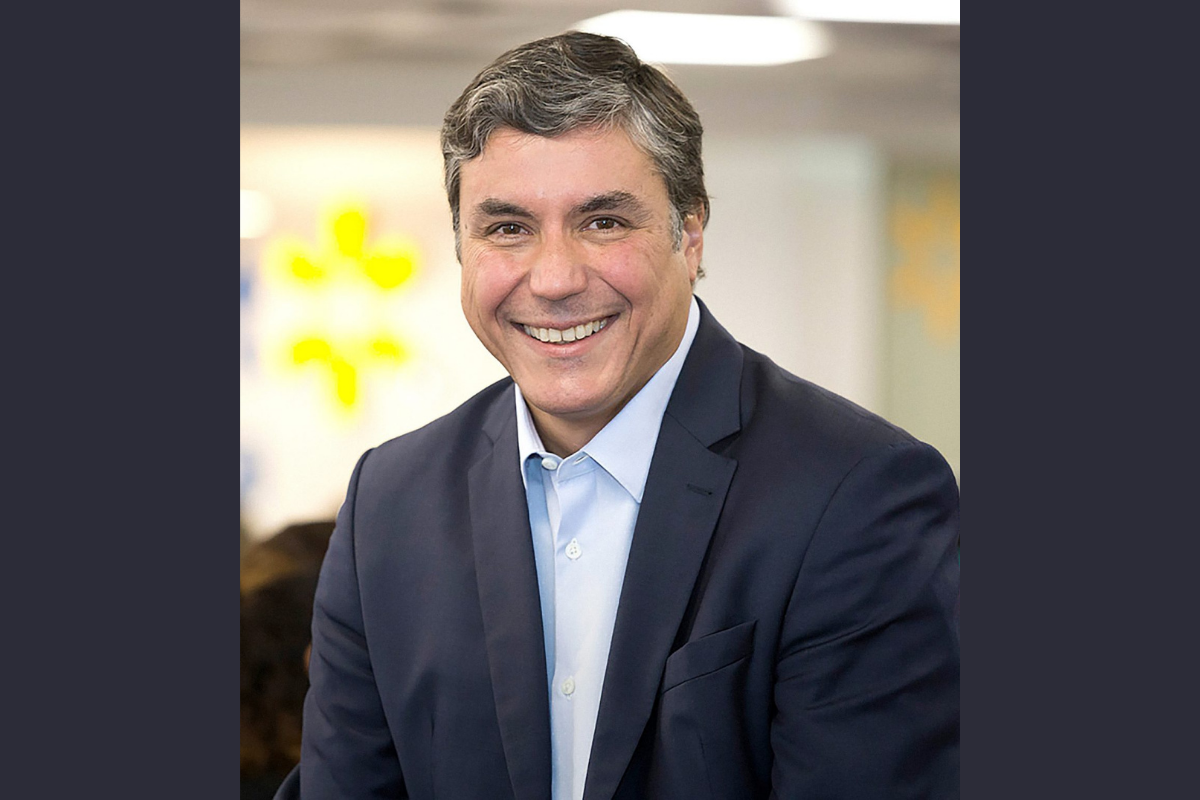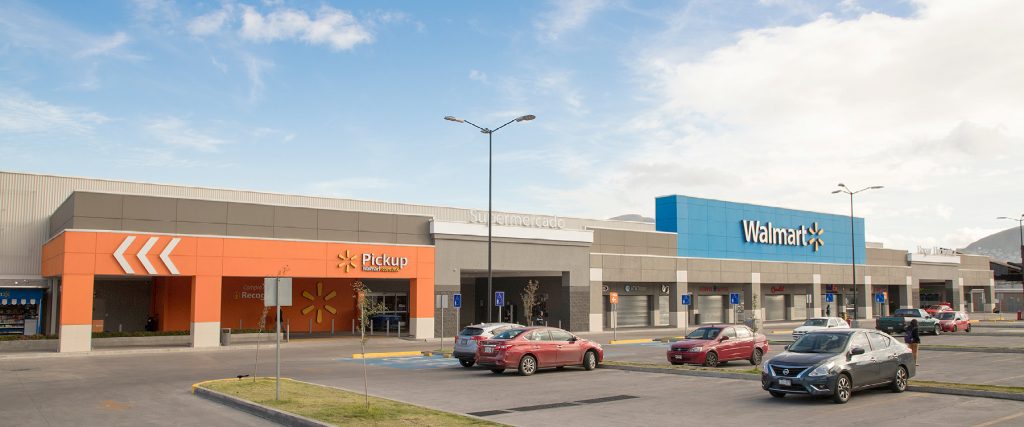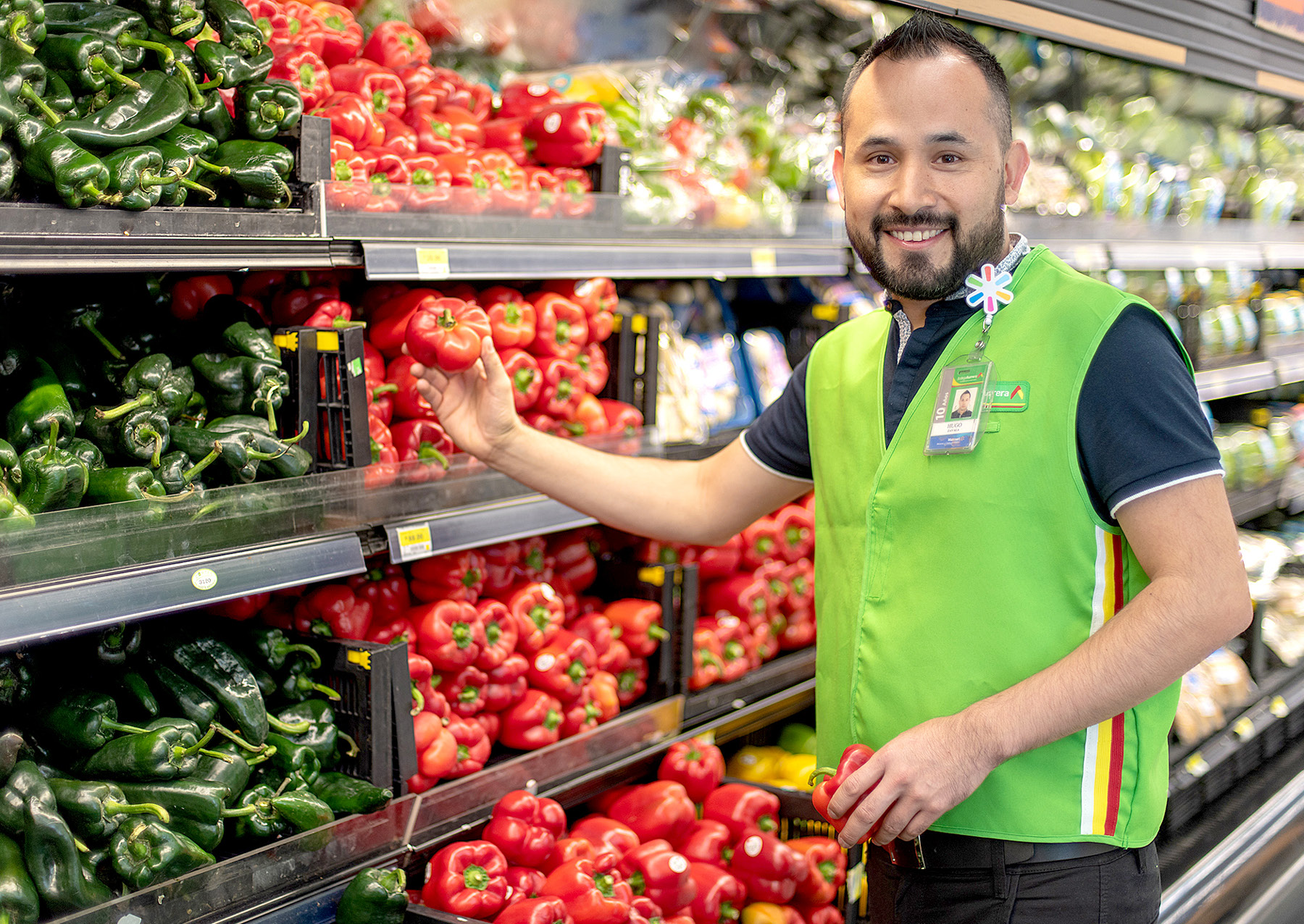The pandemic’s upheaval proved to be a colossal learning curve for companies around the world with Walmart Mexico and Central America no exception. With the needs and desires of consumers drastically changing as a result of health concerns and lockdowns, the company emerged from the pandemic’s worst with a determination to evolve.

Committed to “serving the population” through the turbulent period, Walmart Mexico and Central America managed to continue operating despite the onslaught of difficulties. “We didn’t know how much we were going to sell, we don’t know how much to adjust, how to operate with all the precautions, but we knew we had to do what was right,” President and CEO Guilherme Loureiro tells The CEO Magazine. “I think we did well, although there is always room for improvement, but in general, we did what was right and we were able to guarantee low prices.”
It was certainly an unprecedented period, and one that saw significant shifts in the behavior of consumers as the virus confined them to their homes. They weren’t entirely new shifts however. Many of these dynamics had already been on the cards for some time – something Guilherme recognized when he took on the top role in 2016, moving across from Walmart Brazil where he was President and CEO.
“Although the company was successful when I arrived in Mexico, we made a diagnosis that we could improve and that the main point of improvement was that the world had changed a lot,” he recalls. “That meant we needed different tools from how to know our customers better to how we can execute our daily tasks in order to continue giving the best possible service to our customers. Based on that, we decided that we had to change the company.”

It was a realization that gathered force as the pandemic swept the region, and Guilherme knew there was a need to make substantial changes across the board. This ranged from the difficult task of getting the company to stop operating in silos, to significantly enhancing the company’s digital capabilities and investing in artificial intelligence and automation.
“It was about offering our customer, who was once a non-digital customer, access to the benefits of the digital economy,” he explains. “Because the digital economy gives you access to cheaper products, it gives you access to products that don’t have a physical limitation of whether they can fit in the store. It gives you access to entertainment and culture.”
Fortunately, the company had already made some major strides in many of these areas before the pandemic set in, placing it in a strong position to implement further change. The warehouse kiosks it launched five years ago are one such example, enabling consumers in the “cash economy” of Central America to access a computer, order online and still pay with cash.
It was about offering our customer, who was once a non-digital customer, access to the benefits of the digital economy.
The steady roll out of changes such as these was also driven by stiff regional competition, which Guilherme admits keeps Walmart Mexico and Central America on its toes – a good thing in his view. “We welcome such competition because it helps us to be better every day,” he says. “It is a very dynamic game – our competition continues to improve and this gives us a stimulus because imagine being in an environment without competition or with little evolution. It stimulates us to continue, to move forward.”
However, this digital drive, part of the company’s transformation strategy, doesn’t mean the brick and mortar stores will be pushed to the back burner. Far from it – Walmart’s network of around 860 stores across Central America, making up almost a fourth of the company’s overall footprint, is its “great competitive advantage”, Guilherme stresses. “That’s where people come every day, that’s where they buy, that’s where we recruit those who are going to return as digital customers. So it is essential to keep making our store better every day.”

We have a lot of opportunities, but we also have resources and the most important resource we have is people – we have a very good team.
Ultimately, it is a business run for the people, by Walmart Mexico and Central America’s own team of talented people – and Guilherme is incredibly proud to be a part of the equation, seeing only huge potential on the horizon. “We are looking for opportunities to improve, because the consumer changes and we have to change together,” he stresses. “We have a lot of opportunities, but we also have resources and the most important resource we have is people – we have a very good team.”
Proudly supported by:



